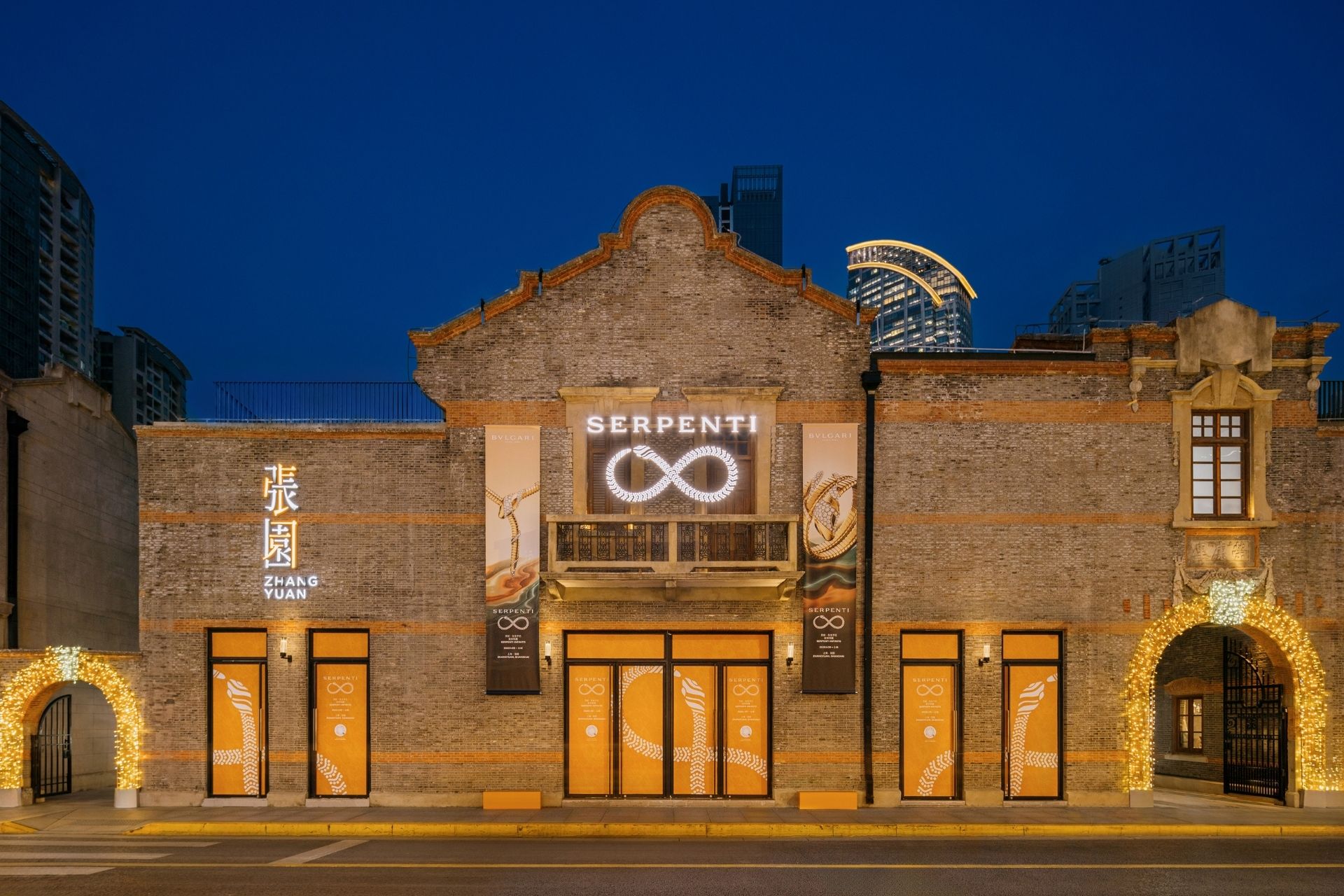DLG (Digital Luxury Group) has just released the first part of the 2019 WeChat Luxury Index, which focuses on the engagement performance of luxury brands on WeChat. Here are some interesting insights we gleaned from the second edition of the report.


Compared to Western social media platforms like Instagram – which considers an engagement rate of about 4.7% as average – this number might already seem high. However, given WeChat’s wide suite of functions including e-commerce and customer service, there is still much untapped potential. “Creating a welcome journey is the key to increasing retention and laying the foundation for an engaged follower base. It’s unfortunate that so many brands miss out on this potential,” says Aaron Chang, Founder and CEO of JINGdigital. The report highlights the importance of optimising calls-to-actions, personalising welcome messages and varying content types as some of the methods to address this.
The Importance of Optimising the Browsing Experience
The most engaged in action by a luxury brand’s WeChat followers is that of clicking menu bar at the bottom on the page for navigational purposes. At 64%, it far surpasses all other recorded engagement actions.

This indicates that users typically visit a brand’s WeChat account in search of something. This can range from seeking out more information about its products to getting in touch of a customer service representative – all of which is usually accessible within the WeChat ecosystem. “The wealth of services and information accessible on a WeChat Official Account is one of the thing that makes it such a unique platform for marketers. Properly leveraged, it can offer a strong alternative to websites,” says Pablo Mauron, Partner and Managing Director China at DLG (Digital Luxury Group).
This is further supported by the study’s discovery that over 53% of the actions carried out by users on WeChat are to access either their brand loyalty programme membership information or contacting customer service representatives. Another 30% of actions are related to information enquiry (about products, events or the company), while the remaining 17% are transactional in nature and associated with e-commerce.

“Brands should take the needs of their users into consideration and develop these functionalities accordingly,” adds Mauron. “Ensuring that consumers have access to the services and functions they need will help to improve engagement and ultimately, drive conversions.”
Poor Message Response Rates
Often lauded for its wide range of functions, WeChat often doubles as a customer service platform for brands given the fact that it is primarily a communications and messaging platform. However, the study revealed that over 66% of the queries sent to brands via WeChat go unanswered.

This is a rather alarming figure given the importance placed on WeChat as a sales and customer acquisition tool. Chatbots, according to Mauron, are one effective way to overcome this issue. “Setting up keyword responses can ensure that questions are met with answers quickly. Brands can also leverage these chatbots to address their business goals and create user journeys that guide followers to the desired end point – be it to an offline store locator or to their e-commerce Mini Program,” he says.
Mauron goes on to elaborate that beyond timely responses, luxury brands should think about further extending this service offering to provide even higher quality answers and creating clienteling opportunities. “For instance, Four Seasons Hotels & Resorts makes use of a live chat function that is integrated with WeChat to ensure Chinese guests – anywhere in the world – are always connected with a staff member at the hotel they are staying. This way, communication is more personalised and there is also greater conversation continuity,” explains Mauron. “The recent evolution of WeChat Work has made this function even more easily available to brands as well,” he adds.
Luxury brands looking to better understand the engagement of their WeChat communities and best practices to reactivate these followers will find a treasure trove of information within this study. To discover even more engagement-related insights, download the full report below.








